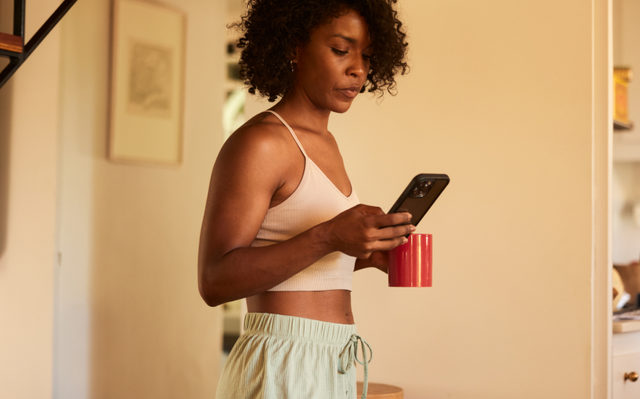A wrench, a screwdriver, perhaps some replacement washers can usually fix an irritating, water robbing leaky tap. Women faced with a leaky bladder can only hope a fix is that easy.
According to the The Continence Foundation of Australia, more than 4.8 million Australians experience urinary incontinence (UI) or bowel control problems. These conditions leave sufferers of all ages embarrassed, frustrated, depressed, and thinking the only answer is less fluids and adult incontinence pads. While over 40% of women experience over the age of 50 years will experience UI, there are also 1 in 3 younger mums with at least one child who will experience UI and 1 in 8 young women aged 18 to 30 years who report having UI. So this is definitely not just an aged care problem.
The two main types of UI are stress incontinence and urge incontinence. Stress incontinence, which is more common, results when stress is placed on the bladder from activities such as coughing, sneezing, laughing or jogging. Urge incontinence is when there is an immediate urge to urinate and loss of urine occurs before the patient is able to reach a restroom. Light Bladder Leakage (LBL) is when these conditions occur but only a small amount of fluid is lost eg. 1 to 3 teaspoons, 5 to 15ml
Causes of UI include pelvic floor weakness following childbirth, nerve damage, weight gain and certain neurological conditions can also create problems.
International health experts offer the following advice to help combat LBL and UI and maintain a healthy bladder:
- Drink more fluids. While too many fluids can potentially lead to bladder leakage, not drinking enough can also lead to dehydration, which causes leakage and bladder problems of their own. Stick with the recommended six to eight glasses of fluids a day.
- Empty your bladder regularly. Most people wait until their bladder feels full, but people with urinary incontinence should go to the bathroom on a regular basis (every two to three hours is a must).
- Exercise. Carrying extra weight only puts extra pressure on your pelvis. Incorporating a 20-to-30 minute brisk walk into your day is a great way to do your body, mind, soul and bladder a favour.
- Do kegels. These pelvic floor exercises can benefit both men and women who have urinary incontinence. Squeeze or tighten your pelvic floor muscles (the same muscles you use to stop urinating), then release. Doing this regularly strengthens the muscles that support the bladder.
How can Modibodi™ help make you more comfortable, stay dry and leak free?
Modibodi incontinence underwear provides women of all ages who experience lbl with a more stylish, comfortable and the most effective way to manage their light bladder leakage. There are garments designed for super light to heavy bladder leaks, to ensure women are protected no matter the level of lbl they experience. The best news is they feel and wear like regular underwear, so you feel more confident and attractive wearing them compared to the alternatives.
Modibodi use only the highest of quality, technically superior natural and synthetic fabrics in the outer (Bamboo viscose, Merino Perform Wool and Microfibre) and the latest in fibre technologies in the gusset, with our patent pending Modifier Technology™ – a breathable, super slim, moisture wicking, absorbent, stain resistant, leak proof lining.
Discover the range here :
- N.B Modibodi’s are not suitable for full bladder incontinence. Maximum fluid held is 15ml or 3 teaspoons.
- This information does not act as medical advice and you should consult your healthcare provider for medical advice.






